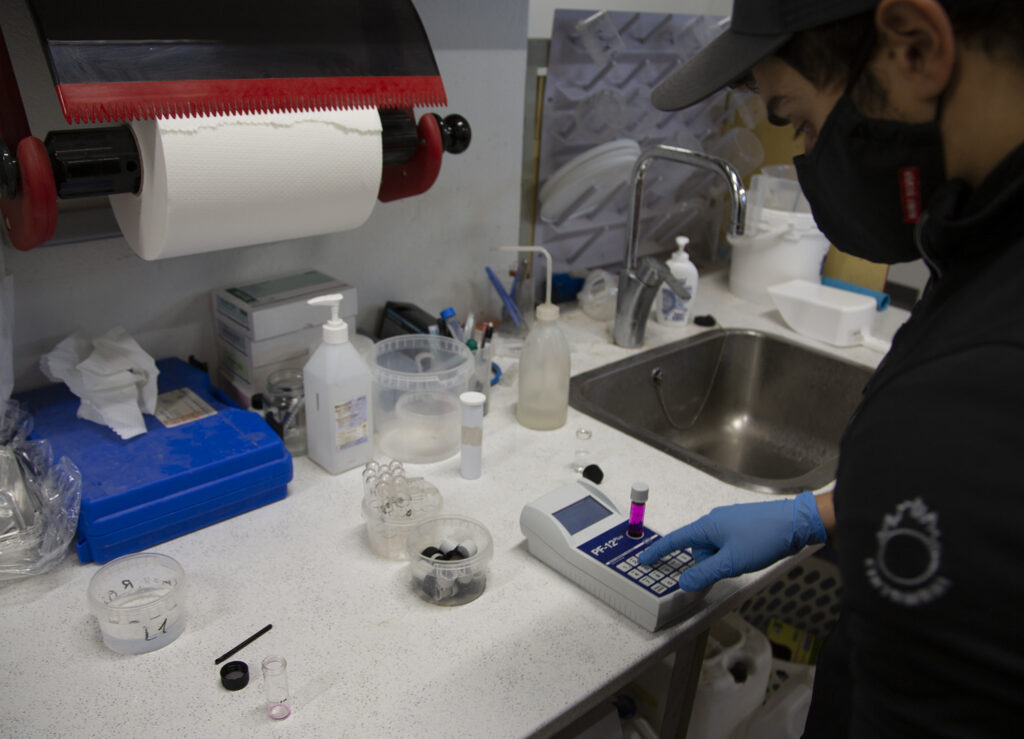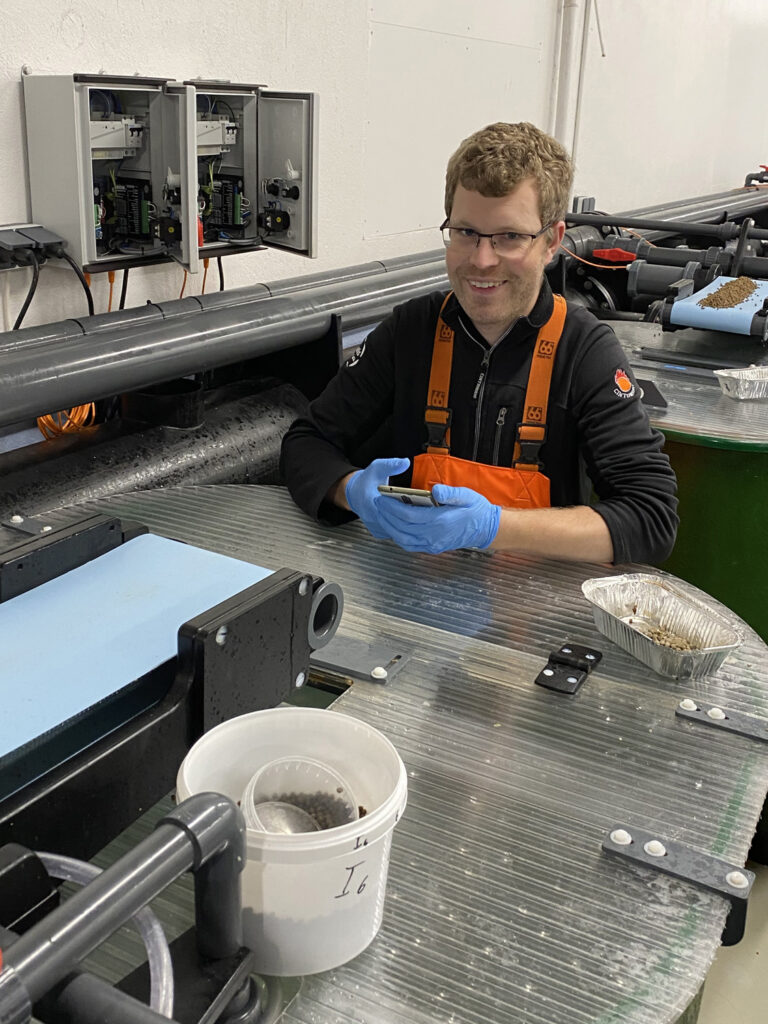Now the Food Fund project Development of an image and spectroscopic predictive model to assess the quality of fishmeal as an ingredient in salmon farm feed halfway through, but the previous project year ended in the autumn of 2023. This is a joint project of the Association of Icelandic Fishmeal Producers, Síldarvällúnn, Eskja, Ísfélagin, the University of Iceland and Matís. The goal of the project is to develop a NIR (near-infrared spectroscopy) prediction model that enables fishmeal producers to obtain a fast and accurate analysis of the quality of fishmeal as an ingredient in salmon feed.
Most Icelandic fishmeal producers already use NIR to measure the chemical content of the fishmeal, and thus get good indications of its quality. However, the NIR measurements that are carried out today are of limited use when it comes to assessing the quality of the fishmeal for its main use, i.e. as an ingredient in aquaculture feed. If such measurements are to be made, growth and digestibility experiments must be carried out in aquaculture, which are both time-consuming and costly. By developing a NIR prediction model, however, it is possible to shorten the time of the analyzes from many months to a few seconds, and the cost from many millions to almost nothing.

This is not a new approach, as Norwegian feed producers developed such NIR prediction models a few years ago and have used them to assess the quality of the fishmeal they buy. However, these manufacturers have considered their predictive models to be trade secrets, giving them a competitive advantage. By developing and making similar forecasting models available to Icelandic fishmeal producers, they will have the same (or better) information about the characteristics of their production as their customers, and therefore enable them to negotiate prices with their customers on an equal footing. The predictive model will also enable fishmeal producers to evaluate/improve their own production, with information for internal quality control. The database/prediction model will be handed over to the participants (fishmeal producers) towards the end of the project, together with the fact that courses on its use will be held.

As mentioned before, the project will take two years, and that work is now halfway done. The project is scheduled to be completed by the end of 2024.
You can learn more about the project at Matís website, in addition to which you can contact the project manager directly jonas@matis.is.

